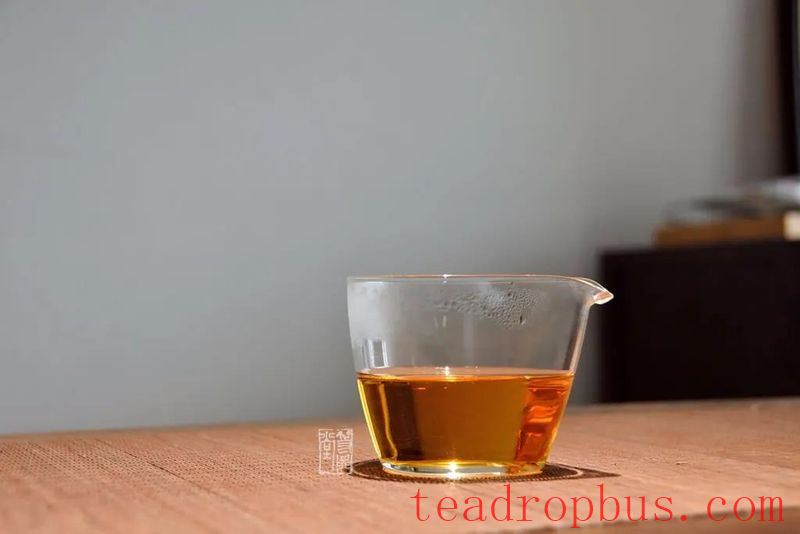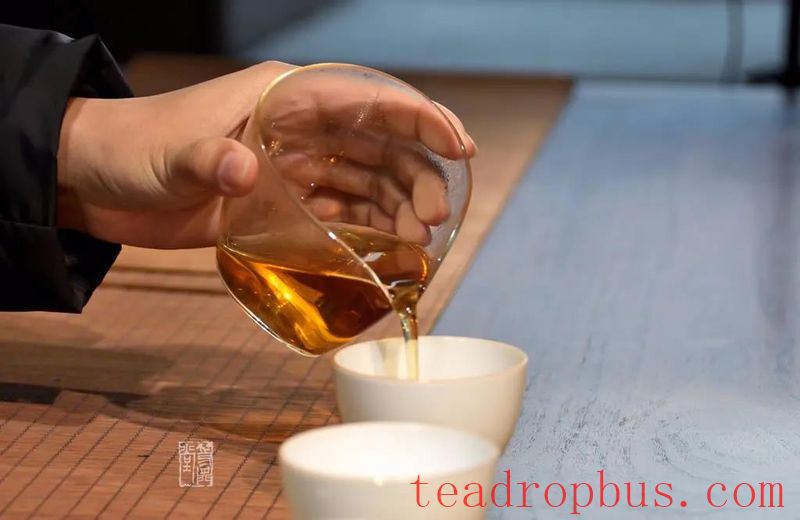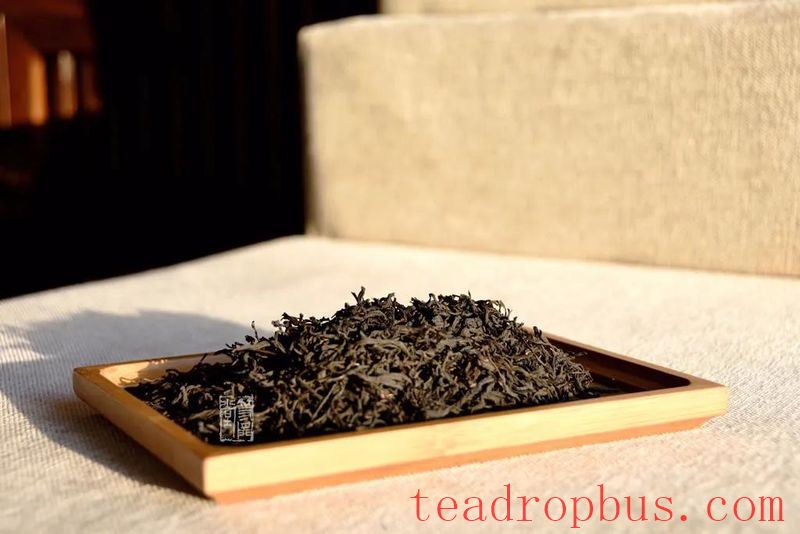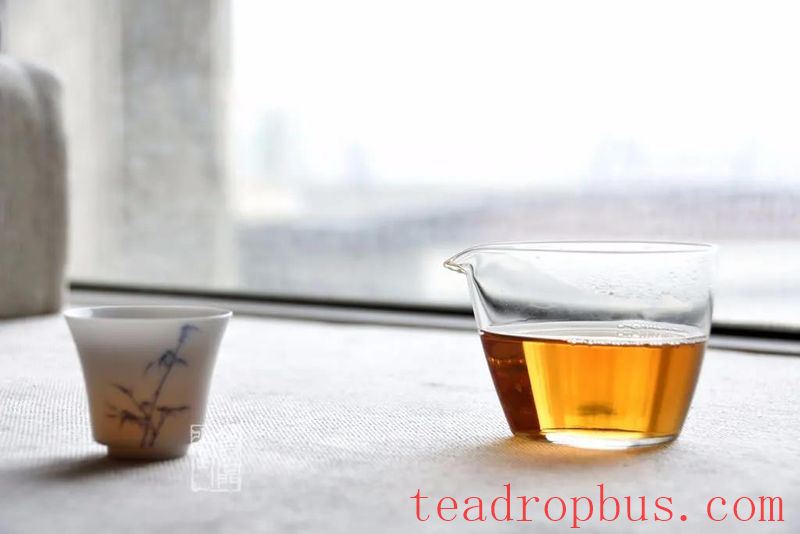For afternoon Tea, I brewed a pot of Lapsang souchong.
The tea was aged, loose in a generic bagged packaging with no vintage indicated, but I recalled it was a gift from a friend some years ago. By my estimation, it must be around three to four years old now.
Actually, for black tea, we don't recommend deliberately seeking out so-called “aged black teas.” Instead, it's better to enjoy them promptly as per your daily routine.
Even if stored properly without dampness, most black teas are best consumed within the first two to three years, after which their originally rich floral, fruity, and honey-like aromas will fade significantly, diminishing the drinking experience. (Why do we drink aged black teas? One reason is having too much private stock that we can't keep up with; another is understanding that certain black teas do indeed develop distinct taste profiles after aging.)

I boiled water, steeped the leaves, poured the infusion, and served the tea.
The delicate white porcelain cup made the orange-red tea liquor appear bright and vibrant. The mouthfeel was smooth, carrying the characteristic sweet and fruity flavors typical of black tea. Especially in the first two or three infusions, there was also a subtle hint of sourness along with the Sweetness and fullness.
I swirled a sip around my mouth to savor it carefully: the sourness was clear but not intense, mingling with the tea's aroma…
In culinary contexts, sourness is an important flavor component, and many people even have a particular fondness for it.
However, encountering a “sour” taste in tea often leads many enthusiasts to immediately assume poor quality.
But is this really the case?

Sourness Does Not Equal Low Quality
Like the complexity of clarity and murkiness in tea, the sourness in tea can be divided into two contrasting categories: positive and negative.
Positive Sourness
This type of “sourness” is a manifestation of the inherent substances in tea leaves.
Consulting professional literature reveals that over one-third of the numerous compounds found in tea leaves exhibit a sour taste.
However, this sourness is usually very mild and does not cause discomfort to the drinker.
Like the aged Lapsang Souchong I enjoyed during afternoon tea, there was a slight sourness upon entry, but it was enveloped by the pure and rich aroma of the tea, enhancing rather than detracting from the overall flavor profile.
The mild sourness did not linger, giving way to a sweet aftertaste.
Combined with a clean and bright liquor color and a smooth mouthfeel, it can be concluded that this tea possesses excellent quality.
Negative Sourness
Sourness caused by improper processing or storage falls into this category, common examples include:
Low-grade plucking. Older leaves and stems are difficult to fully wilt during fixation, leading to a sour taste in the finished tea;
Tea harvested and processed in summer. In some regions, the rainy season increases the moisture content of the leaves, potentially resulting in a sour taste;
Hand-wilted tea with a combination of smothering and stir-frying, where excessive smothering time or light fixation and light rolling increase the likelihood of a sour taste in the finished product;
Failure to dry the tea sufficiently, leaving too high a moisture content, making the finished tea prone to sourness;
During fermentation, insufficient control results in a sour taste in the finished tea;
During storage, dampness or re-greening causes the tea to develop a sour taste.

In Which Teas Are We Likely to Encounter Sourness?
Wuyi Rock Tea
Some high-quality Wuyi Rock Teas exhibit a “sour” taste during their natural maturation period, known colloquially as “Wuyi Sourness.”
It's important to distinguish between Wuyi Sourness and sourness due to processing errors.
The taste of Wuyi Sourness is described as “sour but not cloying,” while sourness resulting from processing mistakes can easily induce nausea (sour vomit).
Black Tea
A slightly sour taste in black tea is normal, but factors such as improper fermentation and damp storage leading to pronounced sourness should be ruled out.
Additionally, more tender black teas, when steeped with excessively hot water, can also result in a relatively more pronounced sour taste.
Ripe Pu'er
Ripe Pu'er inherently possesses characteristics of sourness, sweetness, bitterness, astringency, fragrance, and smoothness. Its sourness can transform into sweetness, reaching the throat without locking the palate.
Similar to black tea, if the pile-fermentation process is mishandled, ripe Pu'er can acquire a sour and rancid taste, failing to transform and causing discomfort such as a tightness in the cheeks.
Tieguanyin
The sourness in Tieguanyin is generally produced through different processing methods.
For example, the “green king sourness” achieved through traditional methods, or the “false sourness” (also called green sourness in local parlance) from leaves picked and stir-fried on the same day with short fermentation times.

The overall taste profile and harmony of the tea liquor determine how enjoyable the tea is.
There are good teas among those with a “sour” taste, and a single “sour” note is not enough to judge the quality.